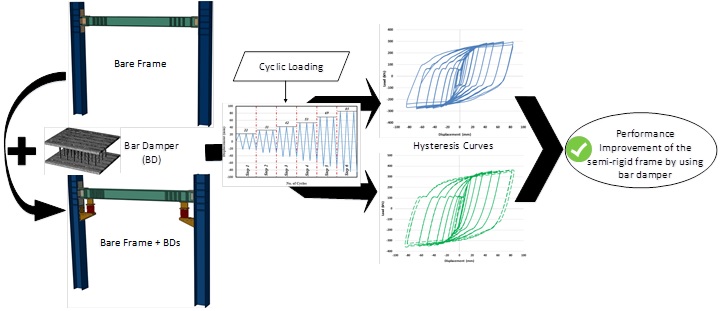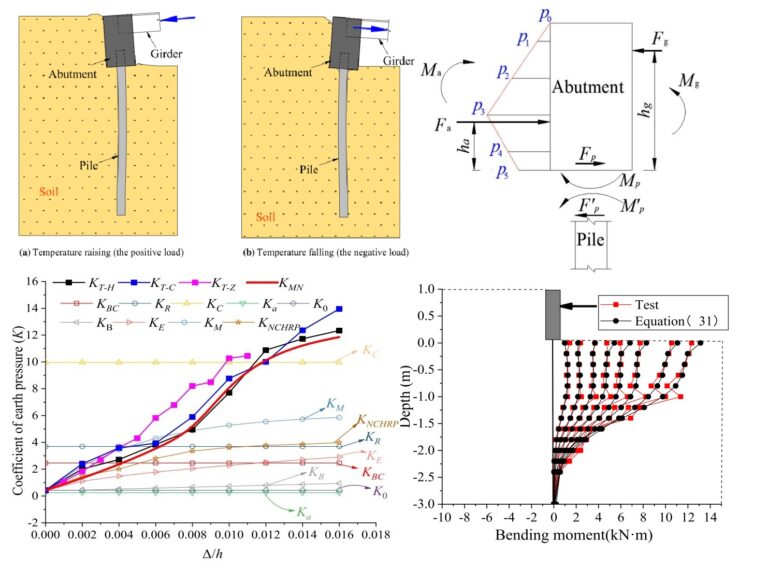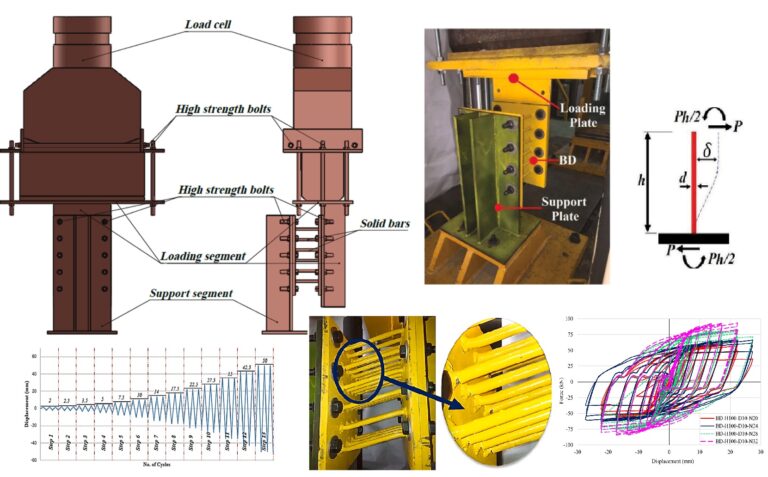RESEARCH & DEVELOPMENT
At PASOFAL Engineering, our senior R&D experts bring extensive experience across diverse engineering disciplines, including advanced materials engineering, structural engineering, bridge engineering, and earthquake engineering. Our team is proficient in deploying cutting-edge technologies and methodologies—from large-scale experimental testing to micro-level investigations and advanced analytical and numerical simulations.
We remain at the forefront of both academic research and industry practice, ensuring our solutions are innovative, reliable, and tailored to meet the highest standards. Our experts are actively affiliated with leading universities worldwide and are dedicated to sharing research outcomes with the broader engineering community. Through this commitment, we deliver high-quality, future-ready solutions that add value to our clients and the industry at large.
Our team members also serve as editors for well-known journals such as Advances in Civil Engineering, Buildings, and PLOS ONE. They regularly contribute to scholarly publications in high-impact journals and actively peer-review papers. We engage in collaborative research with academic institutions across the globe, ensuring our solutions are grounded in the latest scientific advancements.
We are committed to delivering high-quality, future-ready solutions that add value to our clients and the broader engineering community.
Self-healing ultra-high-performance concrete for highly aggressive environments

In response to the growing demand for durable infrastructure in harsh conditions, this R&D project developed a self-healing ultra-high-performance concrete (UHPC) for highly aggressive environments. A comprehensive investigation into the use of superabsorbent polymers (SAPs) to enhance the self-healing capabilities and corrosion resistance of exposed to various aggressive environments was performed. The research employs various technique i.e., electrochemical impedance spectroscopy (EIS) and microstructural analysis to evaluate the effectiveness of different types of SAPs in mitigating steel rebar corrosion in cracked and uncracked UHPC subjected to pure water, chloride seawater, and compound saltwater solutions over extended periods. Findings indicate that SAPs generally improve crack healing and corrosion resistance, particularly in pure water, but their efficacy is reduced in chloride-rich environments due to factors like ion exchange and the formation of detrimental salts. The studies also examine the impact of SAPs on the workability and strength of UHPC, along with the nature of the healing products formed within the cracks.
ENHANCING SEISMIC RESILIENCE OF FRAME STRUCTURES WITH INNOVATIVE CONTROL SYSTEMS

This project focuses on the application of the Bar Damper (BD) in improving the seismic performance of semi-rigid frames. The BD system features solid steel bars positioned between top and bottom plates, which absorb seismic energy through controlled plastic deformation. To assess the damper’s effectiveness, we conducted both numerical and experimental studies. Initial pushover analyses compared semi-rigid frames equipped with BD devices to bare rigid and semi-rigid counterparts, revealing notable improvements in stress distribution. This was followed by quasi-static cyclic tests to evaluate real-world performance. Additionally, validated 3D finite element (FE) models were developed to simulate the system’s behavior under cyclic loading. The results consistently showed that BD devices significantly enhance frame strength, effective stiffness, damping ratio, and overall energy dissipation capacity. This innovation presents a promising solution for improving the resilience of semi-rigid structures in seismic regions.
A New Analytical Model to Calculate the Earth Pressure Behind the Abutment of Integral abutment Bridges

An extensive literature review, including relevant standards, indicates that existing earth pressure calculation methods are unable to accurately determine the earth pressure behind abutments of integral abutment bridges under thermal loads. This is largely due to the unique complexities involved in modeling backfill earth pressure in IABs compared to conventional bridges and retaining structures. Therefore, this project proposes a new calculation method for determining earth pressure behind the abutment and the resulting internal forces in piles.
Develpment of an innovative bar dampers for structual control systems

This project developed a new type of metallic damper called the Bar Damper (BD). The BD consists of several steel bars sandwiched between top and bottom anchor plates. Its energy dissipation mechanism primarily depends on the flexural yielding of the bars under either unidirectional or bi-directional loads. Several BD specimens with different parameters were prepared, and quasi-static tests were performed on them in the structural laboratory. A comprehensive analysis was performed, and key design parameters were identified. The experimental results showed that all BD specimens exhibited stable hysteretic behavior and low yield displacement.
